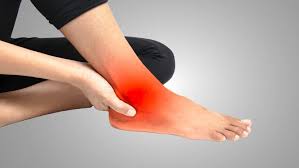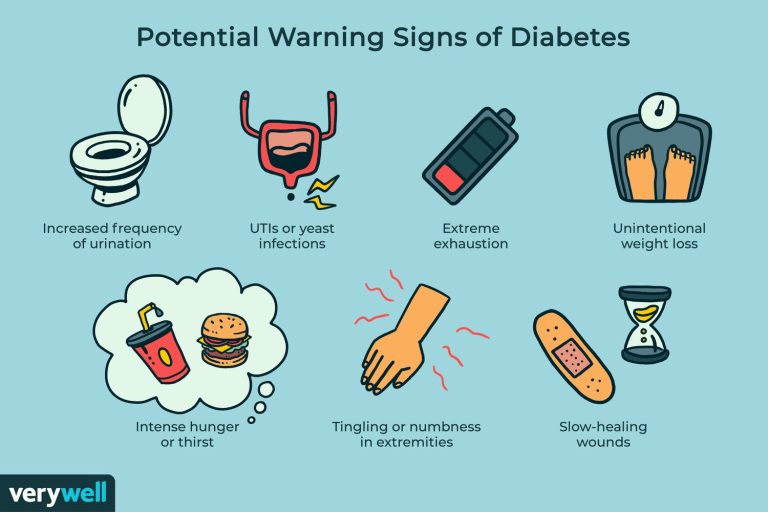Understanding Diabetic Foot Pain: Symptoms, Causes, Treatment, and Prevention
Living with diabetes comes with a host of challenges, and one of the most common and potentially debilitating issues is diabetic foot pain. This condition affects millions of people globally and can lead to serious complications if not managed properly. Diabetic foot pain is primarily caused by nerve damage, poor blood circulation, and in some cases, infections or ulcers that develop over time. Recognizing the symptoms early, taking preventive measures, and following a comprehensive treatment plan can significantly improve the quality of life for those with diabetes.
Diabetes can lead to a range of foot problems due to neuropathy (nerve damage) and peripheral arterial disease (poor blood flow). These conditions make the feet vulnerable to injuries that may go unnoticed and untreated, increasing the risk of infection, ulcers, and even amputation. Therefore, understanding diabetic foot pain is crucial for effective diabetes management.
What is Diabetic Foot Pain?
Diabetic foot pain refers to discomfort, burning, tingling, or numbness in the feet caused by complications of diabetes. The primary cause is diabetic neuropathy—a condition where prolonged high blood sugar levels damage the nerves, especially in the lower extremities. This damage can alter sensation and lead to a loss of feeling or pain that doesn’t seem proportional to any external injury.
Diabetic foot pain is not just physical discomfort. It can limit mobility, reduce independence, and negatively impact mental health. Persistent foot pain also signals underlying issues that need medical attention to prevent further complications.
Causes of Diabetic Foot Pain
- Peripheral Neuropathy: This is the most common cause. Damaged nerves result in pain, tingling, and a burning sensation in the feet.
- Poor Circulation: Diabetes affects blood vessels, reducing circulation to the lower limbs, making it harder for injuries to heal.
- Foot Ulcers: Open sores or wounds that do not heal properly due to poor circulation and high glucose levels.
- Infections: Infections can occur in ulcers, cuts, or blisters and may spread rapidly if not treated.
- Calluses and Corns: Thickened skin areas that increase pressure and lead to pain.
- Charcot Foot: A serious condition where the bones in the foot weaken and fracture, causing deformities and severe pain.
Symptoms of Diabetic Foot Pain
- Burning or tingling sensations, especially at night
- Sharp, shooting, or stabbing pain
- Numbness or insensitivity to heat or cold
- Cramps or muscle weakness
- Increased sensitivity to touch
- Swelling or redness
- Skin discoloration or changes in temperature
- Open wounds, blisters, or sores that do not heal
The pain may be constant or occur intermittently, and in some cases, the absence of pain in the presence of a foot injury can also be alarming due to loss of sensation.
Also Read: Healthy Wraps for Diabetics: A Delicious and Nutritious Way to Manage Blood Sugar
Diagnosing Diabetic Foot Pain
If you suspect diabetic foot complications, it’s crucial to seek medical attention. Diagnosis involves:
- Physical examination of the feet
- Review of symptoms and diabetes history
- Monofilament test to check sensation
- Tuning fork or pinprick tests
- Nerve conduction studies
- Doppler ultrasound to check blood flow
- Imaging (X-rays, MRI) if bone damage or ulcers are suspected
Early detection allows for timely intervention, potentially preventing complications like infections or amputations.
Treatment Options for Diabetic Foot Pain
Managing diabetic foot pain involves addressing both the symptoms and the underlying cause. A multidisciplinary approach is often the most effective.
- Blood Sugar Control: Keeping glucose levels within the target range helps prevent further nerve damage and promotes healing.
- Medications for Pain Relief:
- Anticonvulsants like pregabalin and gabapentin
- Antidepressants such as amitriptyline or duloxetine
- Topical treatments like capsaicin cream or lidocaine patches
- Over-the-counter pain relievers for mild discomfort
- Foot Care:
- Inspect feet daily for cuts, blisters, or changes in color
- Keep feet clean and dry
- Use moisturizing creams to prevent cracking (not between toes)
- Trim toenails carefully
- Wear properly fitted shoes and socks
- Wound Management: For ulcers, proper cleaning, dressing, and possibly antibiotics are required. Severe wounds may need debridement or surgery.
- Orthotic Devices: Custom shoe inserts or braces to redistribute pressure and support the foot structure.
- Physical Therapy: Strengthening exercises and massage therapy to improve circulation and flexibility.
- Surgical Intervention: For severe cases like Charcot foot, infections, or deformities, surgery may be necessary to stabilize or reconstruct the foot.
Preventing Diabetic Foot Pain
Prevention is always better than cure, especially with diabetic foot complications. Steps include:
- Maintain blood sugar levels through diet, exercise, and medication
- Do not walk barefoot, even at home
- Choose well-padded, supportive footwear
- Change socks daily and keep feet dry
- Avoid exposing feet to extreme temperatures
- Visit a podiatrist regularly
- Stop smoking, as it worsens circulation
- Follow a diabetic diet rich in whole grains, vegetables, and lean proteins
Preventive care can drastically reduce the likelihood of developing foot pain or requiring amputation.
Living with Diabetic Foot Pain
Managing diabetic foot pain is not only about medication but also about lifestyle adjustments and mental resilience. Chronic pain can lead to emotional distress, anxiety, and depression. It’s important to:
- Join diabetes support groups
- Practice relaxation techniques like yoga or meditation
- Keep an open dialogue with healthcare providers
- Educate family members for better support
Foot pain doesn’t have to control your life. With the right care, support, and vigilance, you can lead a fulfilling life even with diabetes.
The Link Between Foot Pain and Overall Diabetes Management
Diabetic foot pain is often a sign of poor blood sugar control and other systemic issues. It serves as a reminder that diabetes affects the entire body. Managing foot pain is part of managing diabetes as a whole. Integrated care involving endocrinologists, podiatrists, dietitians, and physical therapists provides the best outcomes.
Technological Innovations in Diabetic Foot Care
Recent advances have made managing diabetic foot pain easier and more effective. Technologies include:
- Smart insoles that monitor pressure points and alert users
- Continuous glucose monitors (CGMs) to maintain stable blood sugar
- Mobile apps that track foot care routines
- Wearable nerve stimulation devices
These tools help prevent ulcers, track symptoms, and provide real-time data for better care.
Conclusion
Diabetic foot pain is a serious and potentially life-altering complication of diabetes. However, with early detection, proper medical care, and lifestyle changes, the pain and risks can be minimized. Understanding the causes and symptoms, seeking appropriate treatment, and taking preventive measures can make a substantial difference. If you or someone you know is experiencing foot discomfort and has diabetes, don’t delay—consult a healthcare provider today. Effective foot care is a critical step in living a healthier and more comfortable life with diabetes.
Also Read: Grits for Diabetics: Everything You Need to Know About This
FAQs
1. What causes diabetic foot pain?
It is primarily caused by nerve damage (neuropathy) and poor blood circulation due to prolonged high blood sugar levels.
2. Is diabetic foot pain reversible?
While nerve damage is often permanent, managing blood sugar and following treatment plans can reduce pain and prevent progression.
3. What does diabetic foot pain feel like?
It may feel like burning, tingling, numbness, sharp pain, or hypersensitivity, especially in the feet and toes.
4. Can diabetic foot pain lead to amputation?
Yes, if infections or ulcers go untreated and become severe, amputation might be required.
5. What kind of doctor treats diabetic foot pain?
A podiatrist, endocrinologist, or a diabetes specialist can help manage and treat the condition.
6. Are there any home remedies for diabetic foot pain?
Mild pain can be relieved with warm water soaks, foot massages, and wearing cushioned footwear, but medical advice is essential.
7. How can I prevent foot ulcers?
Inspect your feet daily, keep them clean and dry, wear protective footwear, and maintain stable blood sugar levels.
8. Can diabetic foot pain affect sleep?
Yes, many people experience increased pain or burning sensations at night, disturbing sleep quality.
9. Does exercise help with diabetic foot pain?
Low-impact exercises improve blood circulation and nerve health but consult your doctor before starting a routine.
10. How often should I check my feet if I have diabetes?
Check your feet every day and schedule a professional foot exam at least once a year, or more frequently if you have existing complications.




